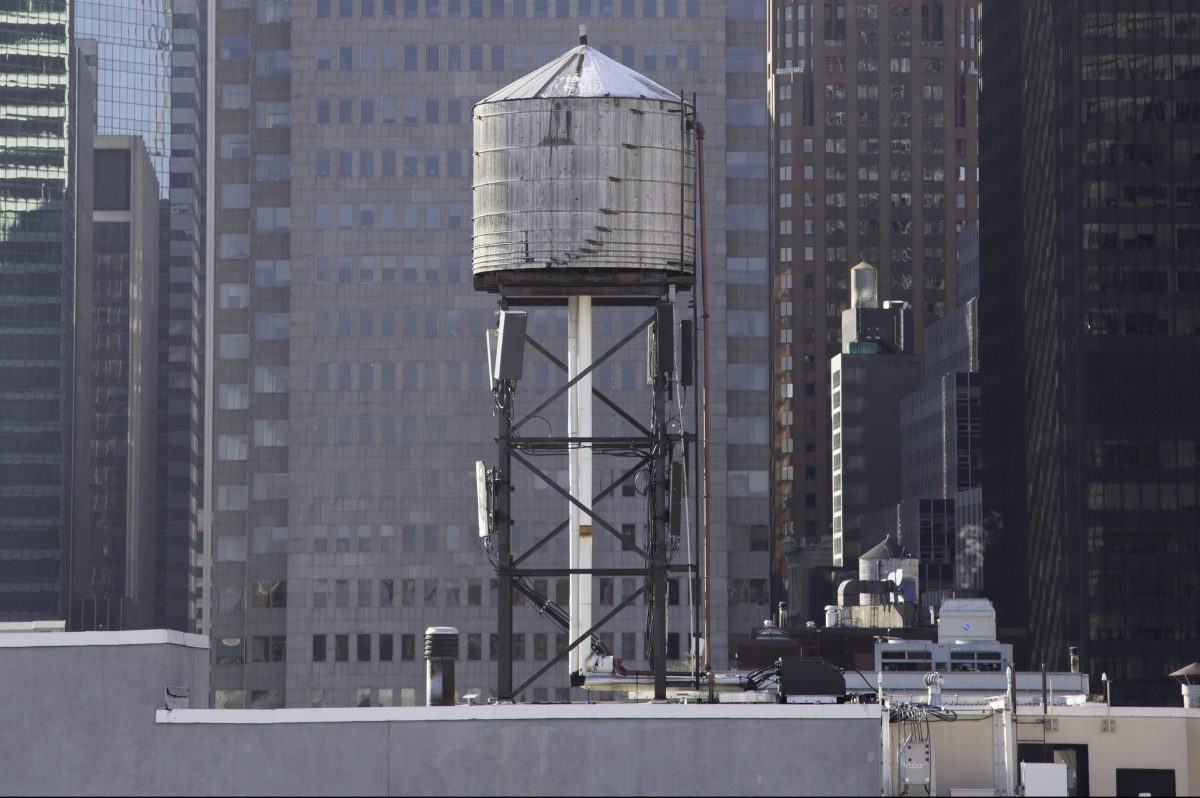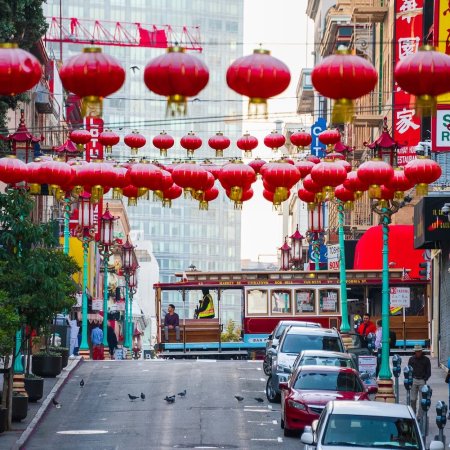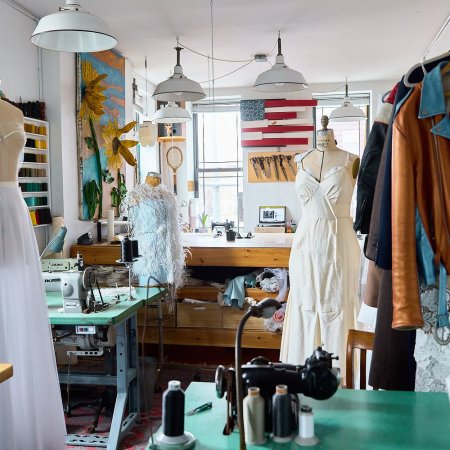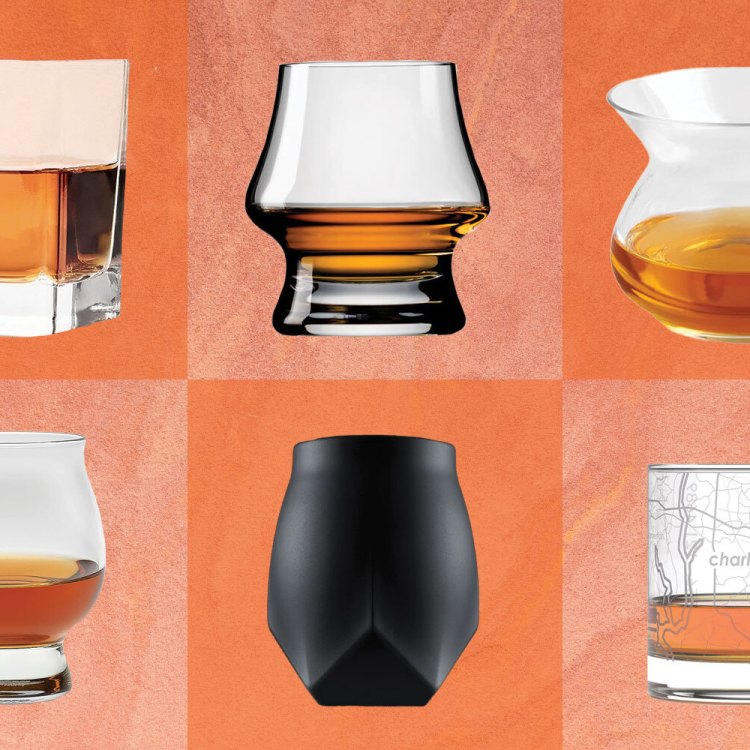Although they are nearly as prevalent in New York City as $1 slice joints, rush-hour traffic and tourists consistently being inept at using MetroCards, NYC’s 15,000 or so wooden water towers are often overshadowed, both literally and figuratively, by the towering metal-and-glass skyscrapers they count as neighbors. But Tri-Lox — a Brooklyn-based millwork and design studio founded on the principle of bringing new life to discarded materials — is hoping to change that with a new line of sustainable home items made from upcycled wood, culled from NYC water towers.
Sold in partnership with Minneapolis-based Room & Board as an extension of their Urban Wood Project, Milbridge Picture Frames are made from the water-resistant redwood and yellow cedar that Tri-Lox sources from decommissioned towers that were destined for the scrap heap.
Remembering the Early-Aughts Hipster Bars That Built Williamsburg as We Know It
Before the high rises and Starbucks and glossy gentrification, Brooklyn’s “It” neighborhood was a party that never stopped“Before we started reclaiming this material and developing it into products, it was waste,” Tri-Lox co-founder Alexander Bender tells InsideHook. “We disrupted that system by offering the companies that replace water towers a much better scenario than transporting that material to the dump and paying fees to throw it away. We purchase the material from them and oftentimes we’ll even go to the sites where the towers are being deconstructed to pick it up. It’s really become kind of a no-brainer for them. We’ve been collecting these water towers and building an inventory for more than 10 years, so we have a lot of this material.”
Used for a plethora of architectural projects aside from the new line with Room & Board, the wood that Tri-Lox sources is graded for quality, dried to eliminate all moisture and then put through a series of machines in the firm’s Greenpoint workshop to be shaped and cut to size.
“We have a couple of interesting opportunities with this material,” Bender says. “There’s the original surface on the outside of the water tower that has been exposed to elements for many years. That’s something some of our clients are very interested in because it tells the story of the water tower and it’s something you can’t really imitate. Nothing is as good as what nature can do. We also use what we refer to as fresh cut, which is from the intersections of the planks. That has a cleaner look, but still has some character markings showing the history and life of the material. The products we’re making with Room & Board have a clean look and come from the inside of the staves. They’re just tremendously beautiful woods that can be used for nearly any application.”
Tri-Lox, which also sources material from fallen trees via a partnership with the New York City Parks Department, is currently working with Room & Board on a bath collection made specifically from the towers that will be launching in April. As Bender points out, the potential for future collections is almost limitless, as there’s no real danger of a shortage of source material because water towers are being taken down and put up in the city on a regular basis.
“They’re not defunct technology,” Bender says. “Buildings that are above six stories need to pressurize their systems, and the cheapest and most reliable way of doing that is with a wooden water tower. They’re obviously an iconic part of the city skyline, but they also fit the New York psyche in a way. It’s like you see ’em without seeing them. But when folks see the material in a finished product, it really excites them a lot.”
This article was featured in the InsideHook NY newsletter. Sign up now for more from all five boroughs.

























